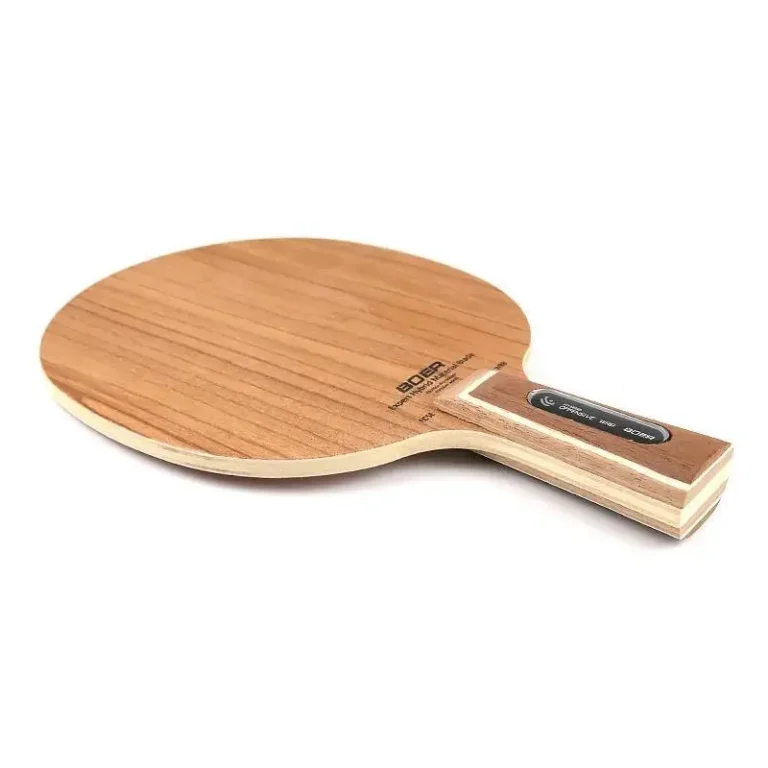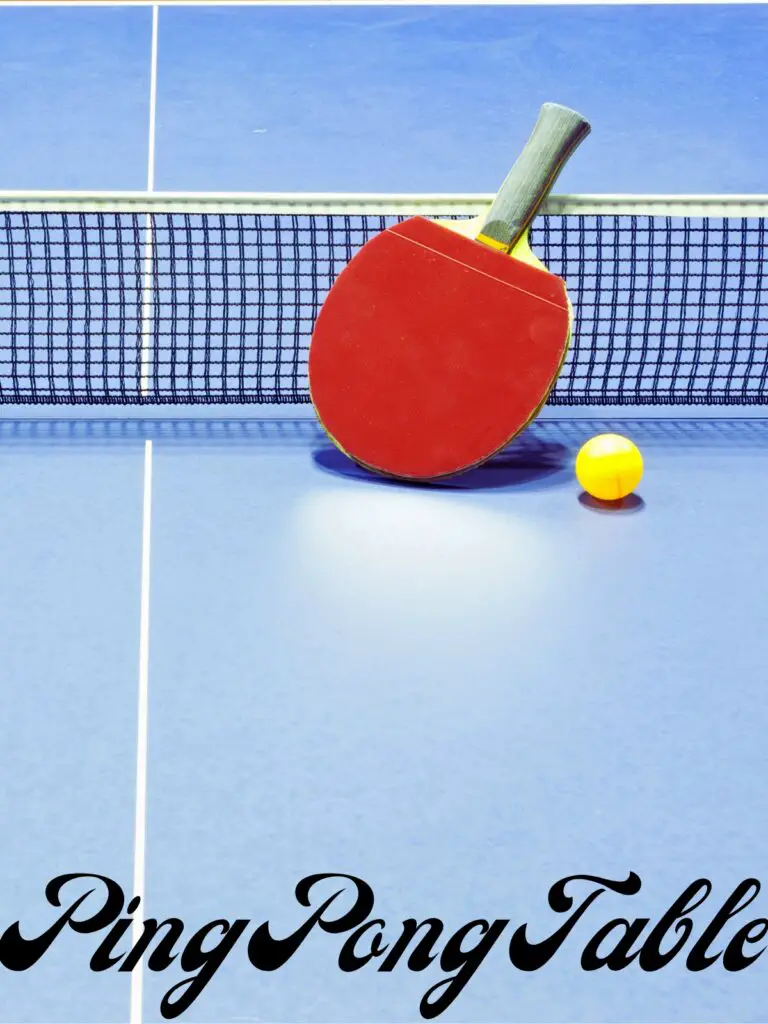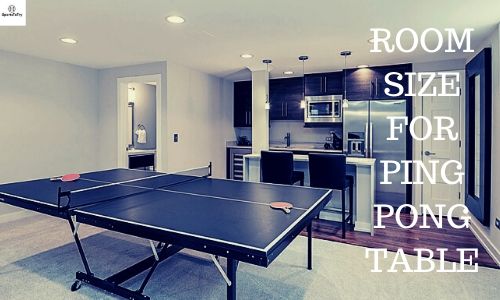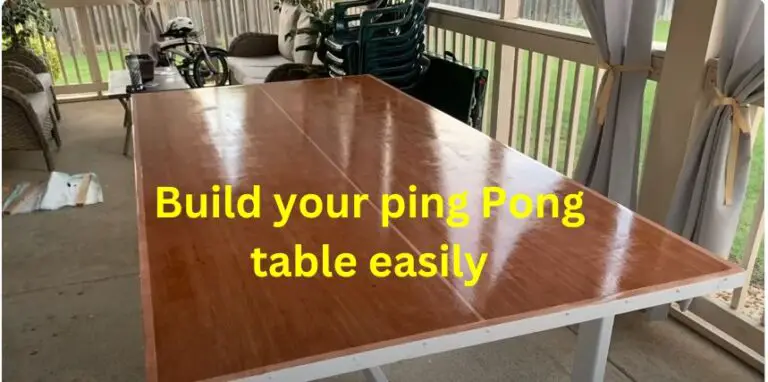What other types of Wood could I use Instead of Plywood: Proper Guideline
( If you purchase through our sponsored links, we may receive a small commission at no extra cost to you )
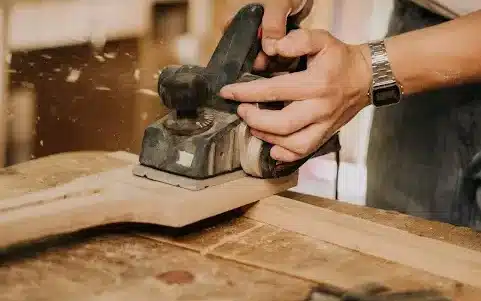
Woodworking enthusiasts often find themselves pondering alternatives to the conventional choice of plywood. Whether it’s driven by environmental concerns, cost considerations, or a desire for diverse aesthetics, the quest for suitable substitutes is both practical and intriguing. This article delves into various types of wood that serve as excellent alternatives to plywood, considering factors like sustainability, cost-effectiveness, unique aesthetics, and performance-oriented applications.
Engineered Wood Products: More Than Meets the Ply
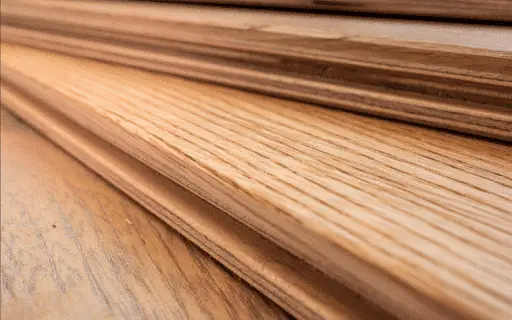
Step aside, plywood, and make way for a chorus of engineered wood options. First up is medium-density fiberboard (MDF), the smooth-talking charmer. Its uniform surface begs for paint and veneer, making it ideal for sleek built-ins or custom furniture. But remember, MDF is heavy and craves a dry stage – think indoor projects only.
Next, meet oriented strand board (OSB), the rugged workhorse. This affordable warrior excels in structural applications like subflooring or roof sheathing. But be warned, its rough-and-tumble texture prefers to stay hidden behind walls or hidden beneath finishes. Don’t expect ballroom elegance from this practical player.
Finally, for a touch of versatility, consider a hardboard. Thin and flexible, it shines in backings and panels, adding structural support without hogging the spotlight. Remember, that hardboard has its limits: moisture is its kryptonite, and rough handling leaves lasting scars.
Solid Wood: Nature’s Timeless Ensemble
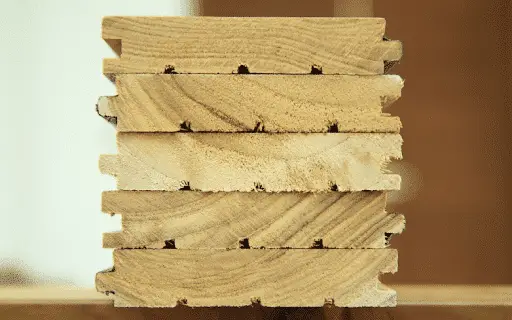
Now, let’s move on to the grandmasters of the wood world: solid wood. Here, you’ll find two distinct families – hardwoods and softwoods – each with their charm.
Hardwoods, like oak, maple, and mahogany, are the aristocracy of wood. Their timeless beauty and unparalleled strength make them ideal for heirloom furniture and high-end projects. But be prepared to pay a premium for their pedigree. Remember, hardwoods can be divas, prone to warping and demanding precise handling.
Softwoods, like pine, spruce, and cedar, offer a more approachable charm. Lighter on the wallet and easier to work with, they’re perfect for indoor projects like shelves, trim, and beginner-friendly woodworking adventures. However, their softer nature and susceptibility to moisture mean they’re best kept out of the elements.
Choosing the Right Wood for Your Project: A Conductor’s Guide
With so many choices, how do you find the perfect harmony for your project? It’s all about conducting a well-orchestrated decision-making process. Consider these factors:
- Project Requirements: What’s the job description? Do you need brute strength (hardwood) or lightweight agility (softwood)? Will your creation face moisture or bask in dry comfort?
- Budget: Every tree sings a different price song. Be realistic about your financial melody and choose accordingly.
- Skill Level: Are you a seasoned woodwind player or a hesitant beginner? Some woods, like MDF, are friendly even to novices, while others, like hardwoods, demand practiced hands.
But don’t just listen to the notes on paper, feel the wood’s grain, test its weight, and imagine its final form. With careful consideration and a sprinkle of experimentation, you’ll find the perfect wood to bring your project to life – beyond the familiar chords of plywood.
This is just a glimpse into the rich world of wood alternatives. For detailed information on specific wood types, project recommendations, and additional resources, delve deeper into the blog. Remember, the wood whisperer whispers to those who listen – and with an open mind and a curious heart, you’ll find the wood that sings the perfect harmony for your next project.
Wood Substitutes for Plywood
- Q: Why should I consider alternatives to plywood for my woodworking projects?
- A: Exploring alternatives allows you to address specific needs such as environmental sustainability, budget constraints, or the desire for unique aesthetics in your projects.
- Q: Are wood substitutes as strong as plywood?
- A: It depends on the type of substitute chosen. Some alternatives, like laminated veneer lumber (LVL) or oriented strand board (OSB), offer comparable or even superior strength for specific applications.
- Q: Are these alternatives more environmentally friendly than plywood?
- A: Yes, many wood substitutes, such as bamboo, cork, and reclaimed wood, are considered more environmentally friendly due to sustainable sourcing practices and the use of renewable materials.
- Q: Can I use wood substitutes for outdoor projects like plywood?
- A: Yes, certain substitutes like marine-grade hardwoods, cedar, or redwood are suitable for outdoor projects, providing durability and resistance to weathering.
- Q: Are wood substitutes more cost-effective than plywood?
- A: In many cases, yes. Materials like particleboard, MDF, and OSB are often more budget-friendly than plywood, making them attractive options for cost-conscious projects.
- Q: Do wood substitutes have specific finishing requirements?
- A: Each substitute may have unique characteristics, but in general, they can be finished with paints, veneers, or other coatings to achieve the desired look and protection.
- Q: Can I find wood substitutes with unique aesthetics for a more customized project?
- A: Absolutely. Exotic hardwoods, reclaimed wood, and specialty softwoods like cedar offer distinct visual appeal, allowing you to create one-of-a-kind pieces.
- Q: Are DIY alternatives for making plywood suitable for all skill levels?
- A: DIY alternatives, such as creating your plywood substitute, may require varying levels of skill. However, with proper guidance and safety precautions, many enthusiasts can successfully undertake such projects.
- Q: Where can I find suppliers for wood substitutes?
- A: Local lumberyards, specialty wood suppliers, and online retailers often carry a variety of wood substitutes. Additionally, community forums and woodworking groups can provide recommendations based on your location.
- Q: Can I mix different wood substitutes within a single project?
- A: Yes, mixing different wood substitutes can add depth and complexity to your project. However, it’s essential to consider compatibility in terms of strength, finishing, and aesthetics.
Conclusion
Remember, the best wood for your project depends on your specific needs and preferences. Consider factors like strength, budget, skill level, and desired aesthetics before making your choice. Don’t be afraid to experiment, to test the weight of a cedar board, to feel the smooth surface of MDF, and to marvel at the intricate grain of oak. This is your chance to become a wood whisperer, to understand the language of each species, and to find the perfect harmony for your creation.

